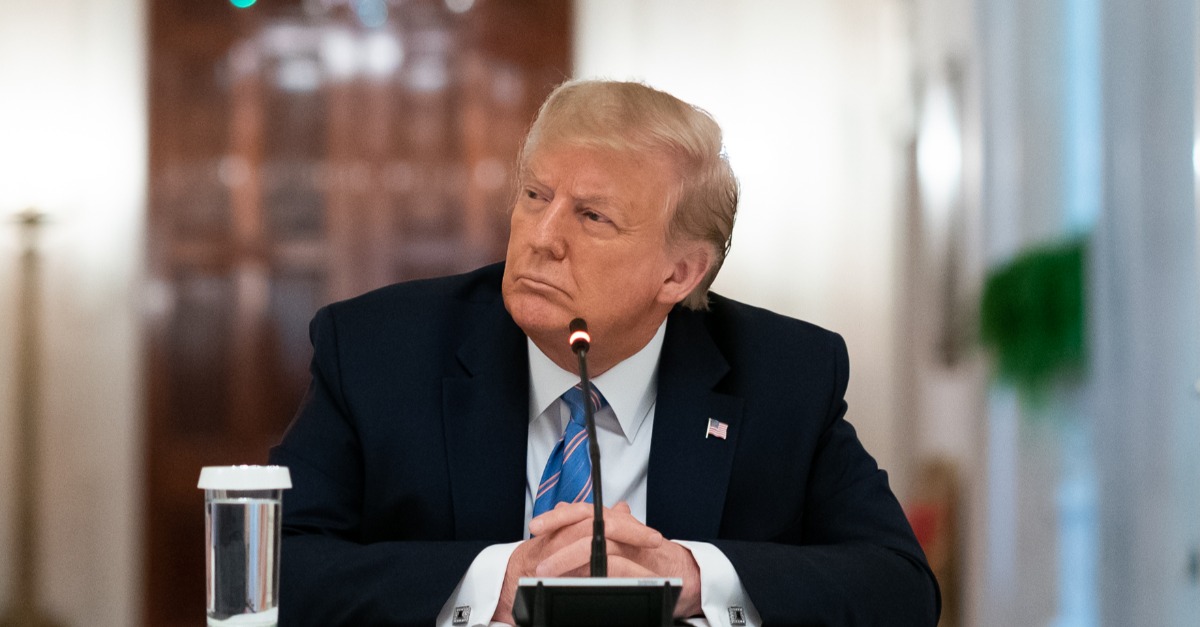Don’t Logout in Anger: Dynamic pricing of Oasis tickets as an Abuse?
The UK Competition and Market Authority has launched an investigation
The Investigation
The CMA are not the first authority to investigate Ticketmaster. The US Justice Department initiated proceedings against Live Nation
Ticketmaster’s Dominance:
UK competition law is modelled closely on EU law. Chapter II of UK Competition Act prohibits conduct that amounts to abuse of a dominating position. The CMA will then have to determine whether Ticketmaster has a dominant position on the concert ticketing industry. The test for dominance is based on market power, just as it is in EU law. If an enterprise has enough economic power to act independently from its competitors, customers and consumers, preventing effective competition on the market (United Brands V Commission
), it is a dominating undertaking. When an undertaking has a share of the market above 50%, this is considered to be a dominant undertaking. This threshold has likely been reached in the case of Ticketmaster. When Live Nation and Ticketmaster merged, Ticketmaster had a market share of between 40-50%
Abuse
Section 18(2) of the Act provides a non-exhaustive list of conduct that may constitute abuse by a dominant undertaking. This list is also closely modeled on the abusive practices listed in Article 102 of the TFEU. Both provisions clearly state that abuses of dominance can be either exclusionary, where the negative impact is felt on the competitiveness itself of the market, or exploitative, where the negative impact is felt more directly by the consumer. The text at s18(2) (a) of UK Act is most relevant to dynamic pricing. It states that “directly or indirecty imposing unfair prices on other unfair conditions of trading” is an example of abuse. Such behaviour is clearly exploitative rather than exclusionary, with unfair prices immediately affecting purchasing consumers.
Dynamic pricing itself is not listed under s18(2)(a). When dynamic pricing results in an “unfair price for purchase or sale”, it is clear that s18 has been abused. This does not mean, however, that dynamic pricing is necessarily exploitative. Illustrating this point is important. Standing tickets for Oasis shows were originally listed at PS148, but sold for PS355 following dynamic pricing. If the CMA deemed PS355 “unfairly” high, then it would be an abuse. The abuse would occur regardless of the price increase, and not because of it. However, if the CMA concluded that PS355 was not itself an unfairly high price, but that it was unfair to respond to high demand with a price increase to that amount, then we could say that it is the dynamic pricing that is an abuse.
Therefore, there are at least two potential abuses for the CMA to explore: unfair pricing and dynamic pricing.
Unfair Pricing
Unfair pricing can be dealt with quickly in this post. The European Court of Justice ruled in 1975 that pricing “excessive compared to the economic value of service provided” is an abuse. (General Motors Continental NV v. Commission
). In the UK, the UK Court of Appeal has held that an abuse of dominant position can be based solely on a cost-price comparison (CMA V. Flynn Pharma Ltd.
On the one hand, the Oasis situation appears to be a clear example of harm to consumer welfare that, crucially, would be unlikely to result from effective competition. In an open marketplace, consumers would simply switch to an alternative platform which had not raised prices. Under Ticketmaster’s monopoly then, consumers will be forced to pay whatever the price is when they reach the top of the digital queue. Dynamic pricing can lead to an inaccurate initial price. The CMA’s investigation focuses on whether consumers were informed of the possibility of ‘dynamic pricing’ and whether they were aware of what prices tickets could reach. In a competitive marketplace, consumers will likely avoid companies whose prices fluctuate at checkout. Dynamic pricing can also lead to consumers making decisions they wouldn’t otherwise make, due to its lack of transparency. CMA states that it is possible for “people to be put under pressure to purchase tickets within a short time period – at a price higher than they understood they would need to pay, potentially affecting their purchasing decisions”. Dynamic pricing can unfairly pressure consumers to buy from the monopolist. This transparency issue is bigger than the price increase issue, according to some. Dynamic pricing does not mean that prices will reach a level which is harmful to consumers. Prices may, for instance, rise by only PS1. But consumers not being made aware of this possibility in advance is worrying.
Dynamic pricing, then, raises issues over excessive pricing and transparency. It may be a perfect opportunity for CMA to continue the trend of recent years, whereby abuse of dominance prohibitions were used to stop exploitative practices. The CMA (in their press release) and EU Commission (here
) appear to be at least a bit hesitant in doing so. Both have said that these concerns don’t make dynamic pricing illegal in and of themselves. The authorities will likely adopt a case by case analysis of dynamic pricing. This is logical and there are a few reasons dynamic pricing shouldn’t be considered abusive in and of itself. Prices can increase during periods of high demand and decrease during periods of low demand. The consumer can then enjoy lower prices for their flights and hotel rooms during school term time, along with discounts on chocolates or toys after the winter holidays. Just because one company implements dynamic pricing with no transparency does not mean all dynamic pricing has to be done the same way. It is also common knowledge that hotels and airlines rely on dynamic prices. If dynamic pricing is transparent then consumers can make informed choices and decide when to buy based on price changes. If Ticketmaster had advertised in advance the dynamic ticket prices and the likelihood of them being offered, consumers could decide in advance whether they would be comfortable paying the increased price, rather than being forced to decide with little time and notice.
Third, certain markets may be able to offer dynamic pricing in a way that is less detrimental to the consumer. As an example, the hotels market is a good one. If a consumer does not like that a hotel is more expensive on Saturdays due to dynamic pricing, then they may choose to go instead on Wednesdays. They might also choose to go on holiday in June instead of July. Other markets offer less choice. There are few concert dates available, and many venues only offer one performance. In markets where consumers are already stripped of choice about what they are buying, potentially exploitative practices might be less tolerated.
Finally, it should be remembered that dynamic pricing can lead to price changes in response to factors other than demand. This is a bit a strawman argument in terms of the CMA investigation, as the price increases at Ticketmaster are allegedly based on demand alone. Dynamic pricing can be used in response to rising costs. Raw materials, such as oil, can fluctuate in price. Dynamic pricing is less questionable when it merely reflects the increased costs of producing a good or providing a service.
A case-by-case approach to dynamic pricing appears to be the most sensible course of action. It is difficult to justify the specific pricing practices of Ticketmaster and Oasis other than by arguing we should respect the free market forces. If this argument is followed, it would be impossible to have any competition law. The CMA should protect consumers against companies that are looking to maximize profits from their monopoly positions. CMA could be looking to flex its muscles in relation to abuses, with increased enforcement powers coming later this year through the Digital Markets, Competition and Consumers Act, which includes the possibility of fines up to 10% global turnover without court involvement. They should not make blanket statements about dynamic pricing. Its benefits can outweigh its cons in certain markets and conditions.




